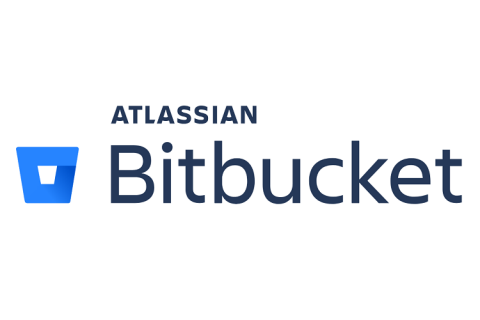Datadog on Cloud Workload Identities
Datadog operates dozens of Kubernetes clusters, tens of thousands of hosts, and millions of containers across a multi-cloud environment, spanning AWS, Azure, and Google Cloud. With over 2,000 engineers, we needed to ensure that every developer and application could securely and efficiently access resources across these various cloud providers.











